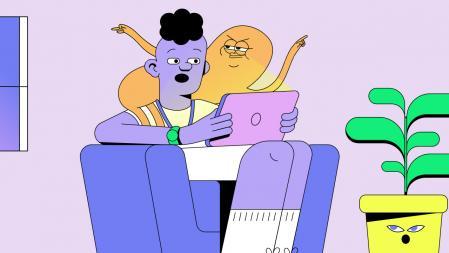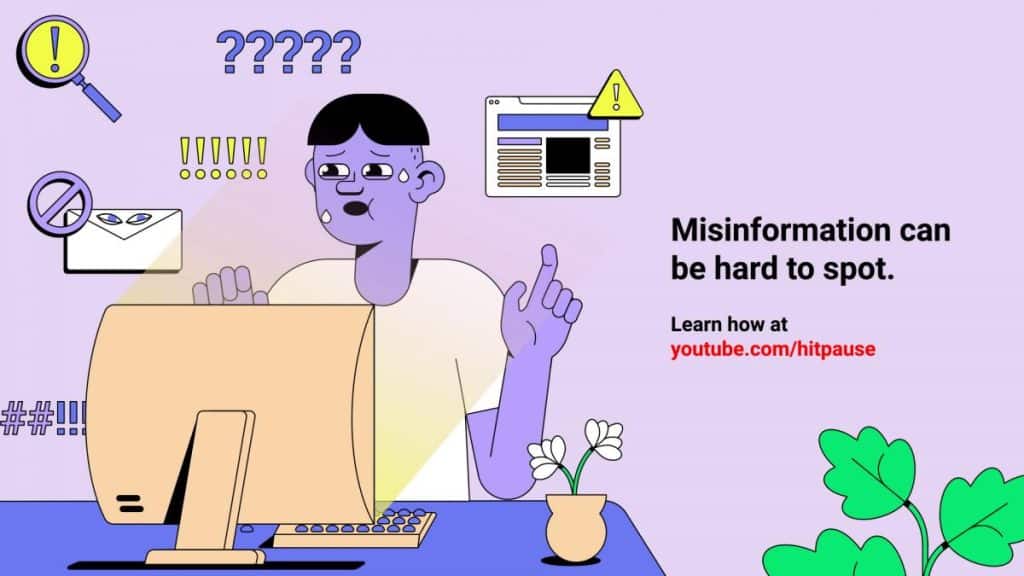There are a number of keys to understanding when information on the internet is biased and has hidden purposes, but they are unknown to a large part of the population. To help in this identification of online disinformation, YouTube has just launched a media education initiative for Europe entitled Give it a pause, which explains in a very simple way how to identify the manipulation tactics used on the network to spread misinformation.
Hit the break consists of five videos of 15 seconds each with animated graphics that help to understand in a very simple way how to recognize toxic information. The first of the videos, titled Spotting Sensational Language Can Be Hard, shows that when words like ‘shame’, ‘terrible’ or ‘dangerous’ are used in a very strong way, it can be disinformation whose sole purpose is to radicalize opinions in a sense.
The second video, titled Having all the information can be difficult, invites you to compare the information, to doubt the first thing you find on the net and to look for other sources of information. In the third clip, Detecting possible distractions can be difficult, it shows how the language of polarization works, which tries to get the receiver to position himself in some opinion of black or white.
Another of the disinformation techniques, that of false experts, is the one revealed in the fourth video of the YouTube campaign, in which it is proposed that the supposed authority of these sources be verified in other ways. Finally, Detecting possible distractions can be difficult, it is a clip that has the same title as the third one but in which it is explained what are the techniques to divert attention from essential information.

One of the images of the campaign that alerts against polarization
YouTube
YouTube has indicated in an informative note that its interest is “to put the public in contact with good quality information and combat harmful content.” The latest report from the platform indicates that, in the third quarter of 2022, from July to September, 121,000 videos that violated the company’s policies against misinformation have been removed.
YouTube removed 5.8 million channels with 208 million videos and another 5.6 million individual videos from July to September for breaking the rules
On the sidelines of the new campaign, YouTube today unveiled its Community Guidelines Transparency Report, explaining how it has applied bans to videos that violate its standards, such as spam, pornography, incitement to violence, harassment or incitement to hatred. The document indicates that it has eliminated 5.8 million channels in the third quarter, which has meant the disappearance of the videos they contained, 208 million. The main reason for withdrawal is because it involved spam, deceit and traps (91.2%), followed by being channels with nudity or sexuality (3.3%), which violated child protection (1.8%), bullying and cyberbullying (1%), violent or graphic (0.9%) and vexatious or hateful (0.6%).
Regarding the direct removal of videos that violate YouTube rules, from July to September 5.6 million videos were removed worldwide, of which 5.3 million, more than 94%, were detected by a tool automatic and only about 300,000 had a person as a source of detection. In Spain, ranked 20th in the world, 40,000 videos were withdrawn in that period.


